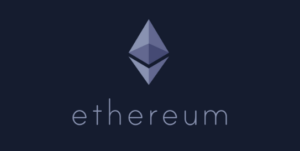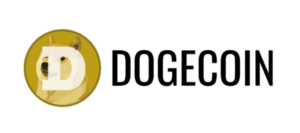Ethereum Sees Historic Drop in Average Gas Fees Below 1 Gwei After Years

Ethereum gas fees have reached their lowest levels in several years due to the increased transactions on the network’s layer-2 solutions. This significant decrease in fees has resulted in more cost-effective on-chain transactions for users, sparking discussions on the long-term implications for the network.
Recent data from Etherscan indicates that the average gas fee on the Ethereum mainnet dropped below 1 Gwei but has since risen to around 2 Gwei, approximately $0.06. Some transactions may still incur fees of up to 5 Gwei, roughly $0.22. This fee reduction trend is also observable across Ethereum’s Layer 2 scaling solutions, with average fees on platforms like Optimism, Base, Arbitrum, and Linea currently below $0.01.
Market observers attribute the decline in gas fees to the introduction of blob-based transactions with the Dencun upgrade in March. This upgrade has notably boosted Layer 2 transaction volumes by lowering fees. L2beats data reveals that prominent layer-2 networks like Base and Arbitrum now process more transactions per second than Ethereum itself. For instance, Base handled 39.80 transactions per second, and Arbitrum managed 17.28 TPS, while Ethereum processed around 12.17 TPS in the past day.
Some stakeholders, including Martin Koppelman, Co-Founder of Gnosis, advocate for increased Layer 1 activity despite the low fees. Koppelman suggests that raising the gas limit could strategically enhance base layer usage, even with reduced fees.
Conversely, the reduction in fees has raised concerns about network inflation. With fewer ETH being burned, the network’s supply has been on the rise. Ultrasound.money reports that only 120 ETH were burned in the past day, while the supply increased by over 2,500 ETH. This imbalance indicates a growing ETH supply, countering the deflationary trend observed previously.
If this trend persists, Ethereum’s supply could expand by more than 943,000 ETH, equivalent to $2.5 billion, within the next year. These developments underscore the evolving dynamics of Ethereum’s fee structure and its potential impact on the network’s overall supply.



